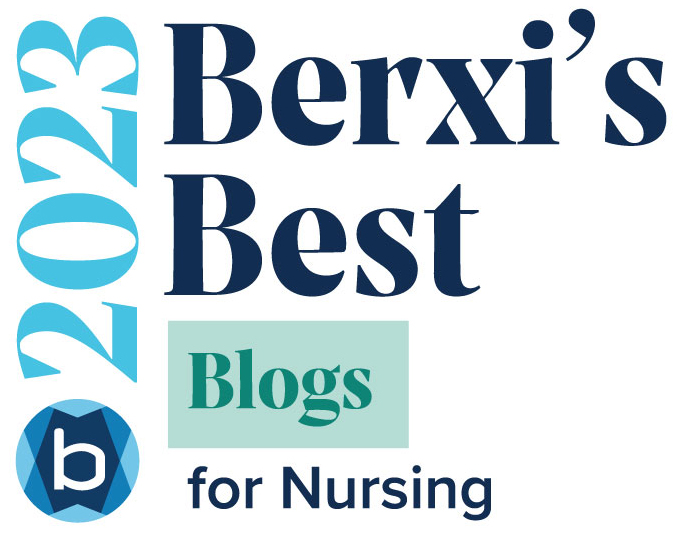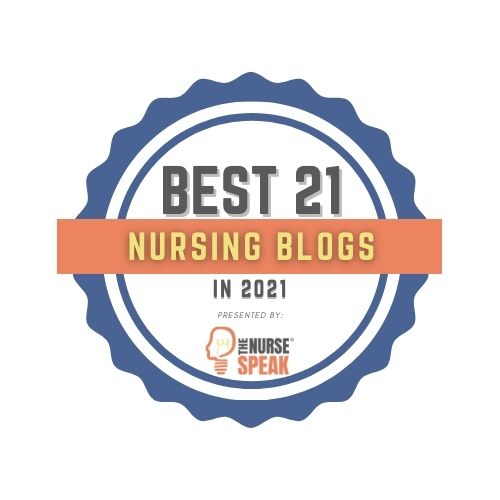
This article was originally published on Kaplan Test Prep’s Calling All Nurses
In many urban areas across our country, clients and their families come in healthcare settings speaking languages from all over the world. No matter what language they may speak, nurses are challenged to be creative and utilize all resources available to ensure that the patients and their families are receiving the highest quality of informed care.
Here are three strategies to help you improve communication with your non-English speaking clients and their families:
Improve communication with cultural awareness
By understanding the varying norms of communication for each culture, you can anticipate certain services or methods that may be required before effective communication can take place. For example, many Korean speaking people do not make direct eye contact or smile as a means of communication and are not open to therapeutic touch.
There are plenty of resources available to understand cultural norms with communicating, so if you are unaware of such, do some quick research to prepare yourself and the healthcare team for the best therapeutic communication possible.
Do not rely on family members or visitors to translate
Oftentimes family members and visitors are willing to translate messages from the health care team to your clients. In these cases, we have to politely refuse and ensure that the appropriate translating services are arranged to make sure there is no misunderstanding.
Thus, it is very important to utilize the interpreter services available in your facility. Some of these include: trained medical interpreters, online video communication, telephone interpreters, and healthcare staff that speak the client’s native language.
Provide all printed information in native language
While utilizing the interpreter services to provide information and teach the patient and family members about the plan of care, be sure to also have the instructions printed in their language. Also demonstrate how to provide self care or treatments while the interpreter is available so that the patient and family has access to clarification should questions arise.
It is essential that the patient and their family members have the ability to fully understand the care plan and be able to freely ask questions as they come up.
Best Wishes!
-Damion












